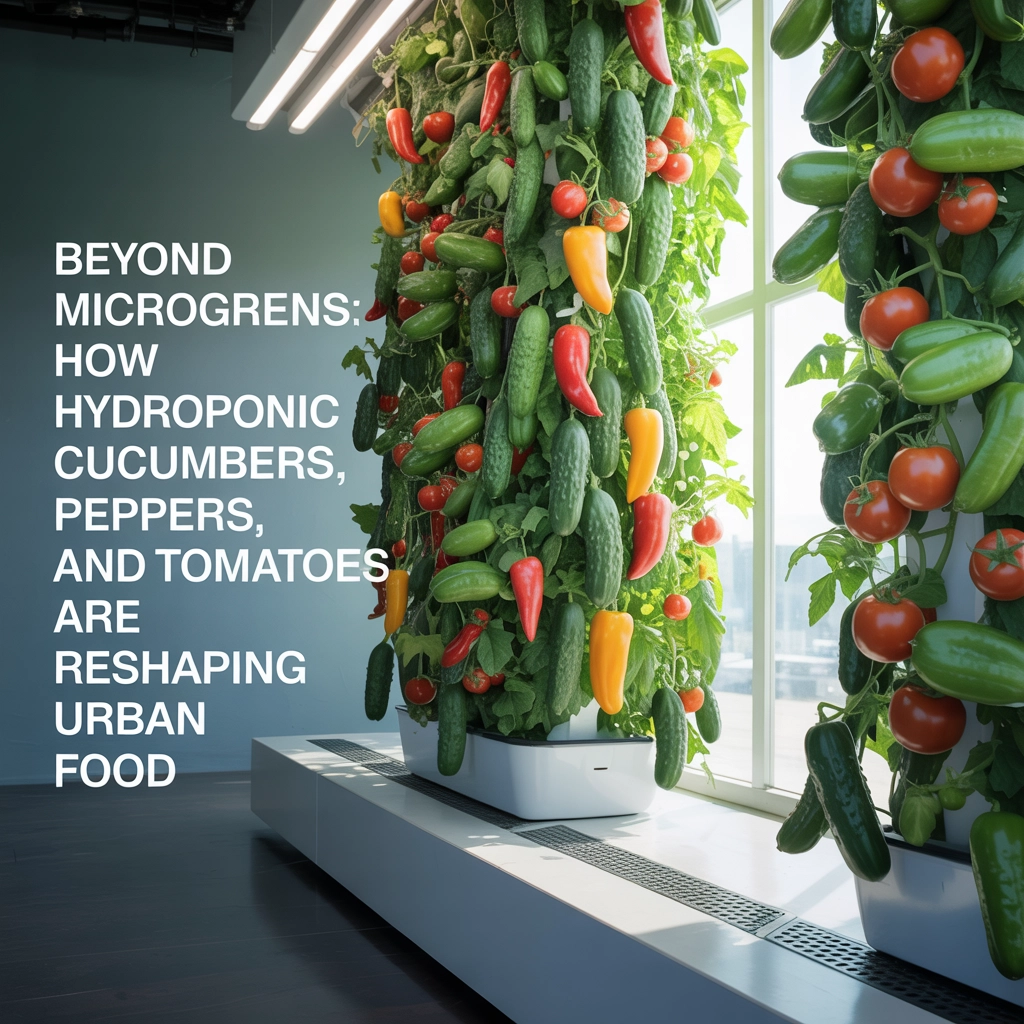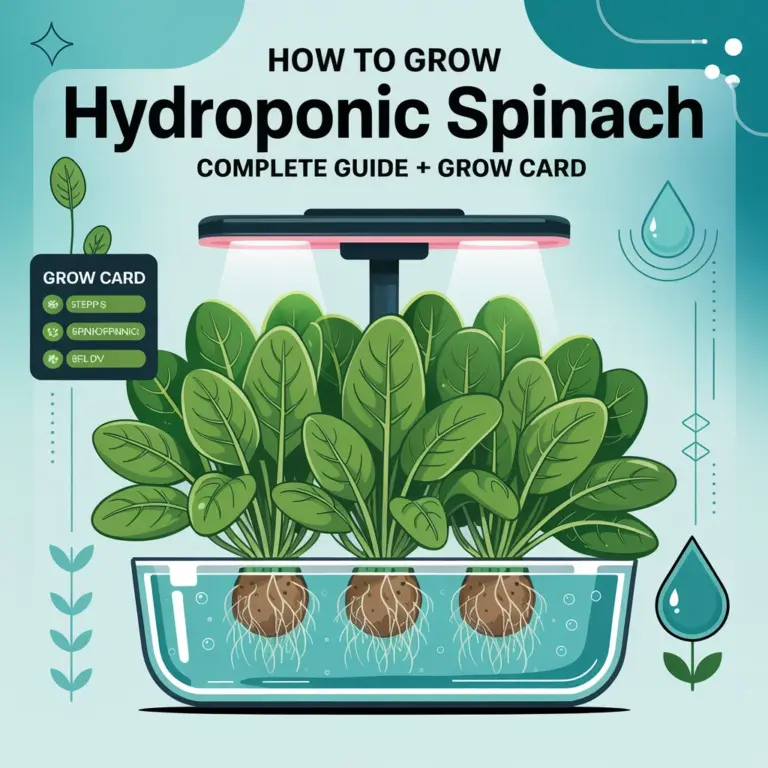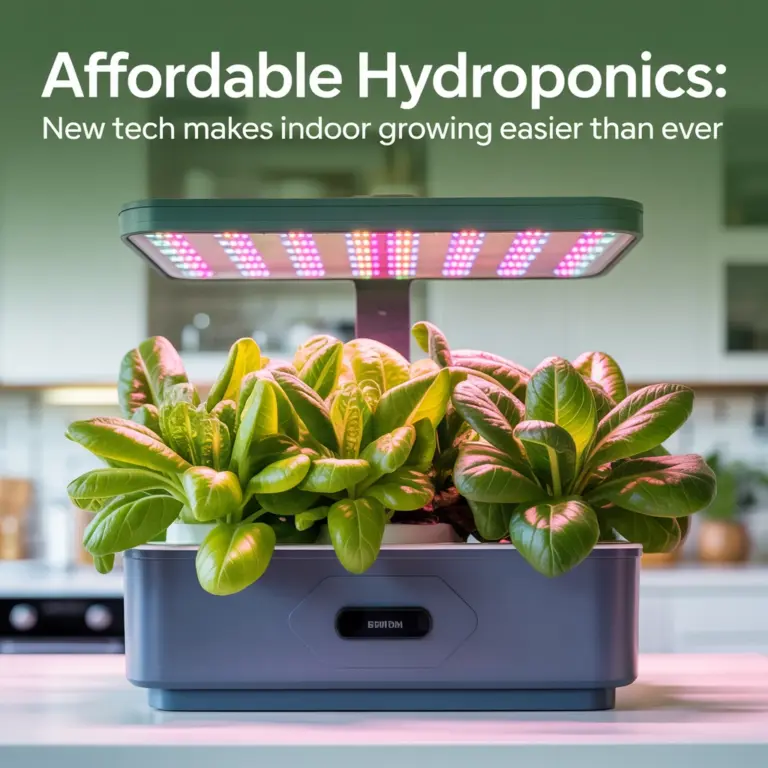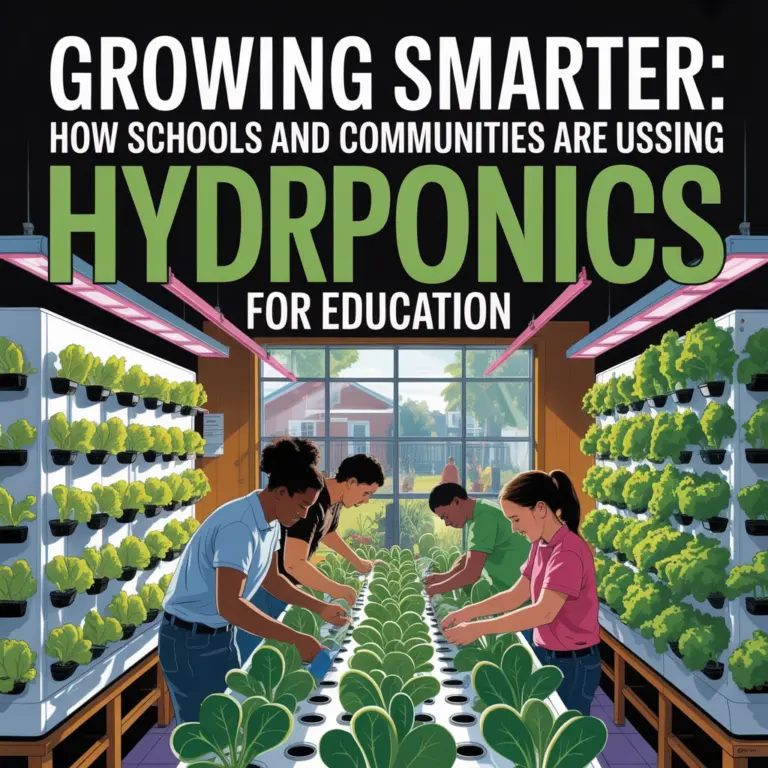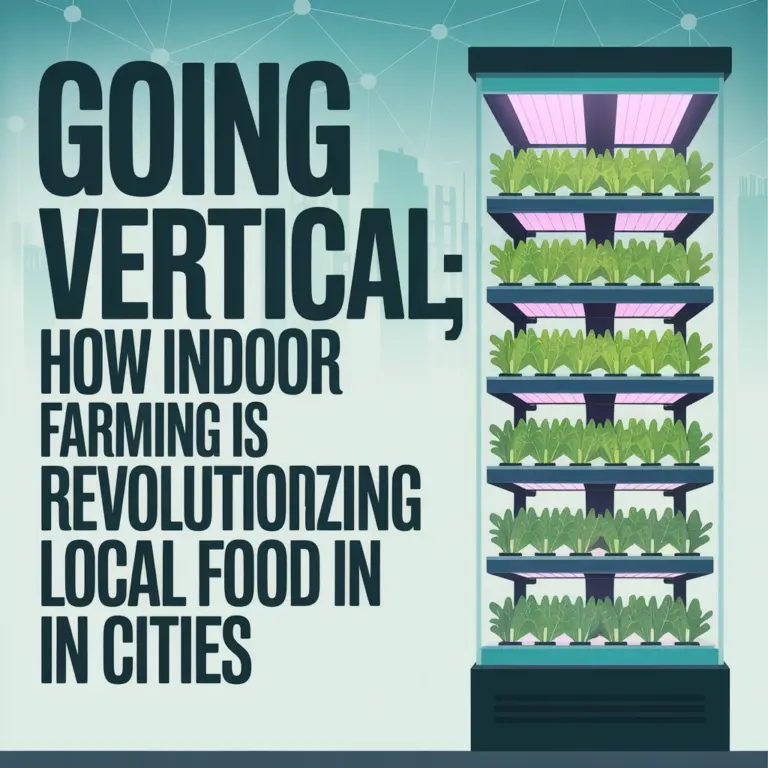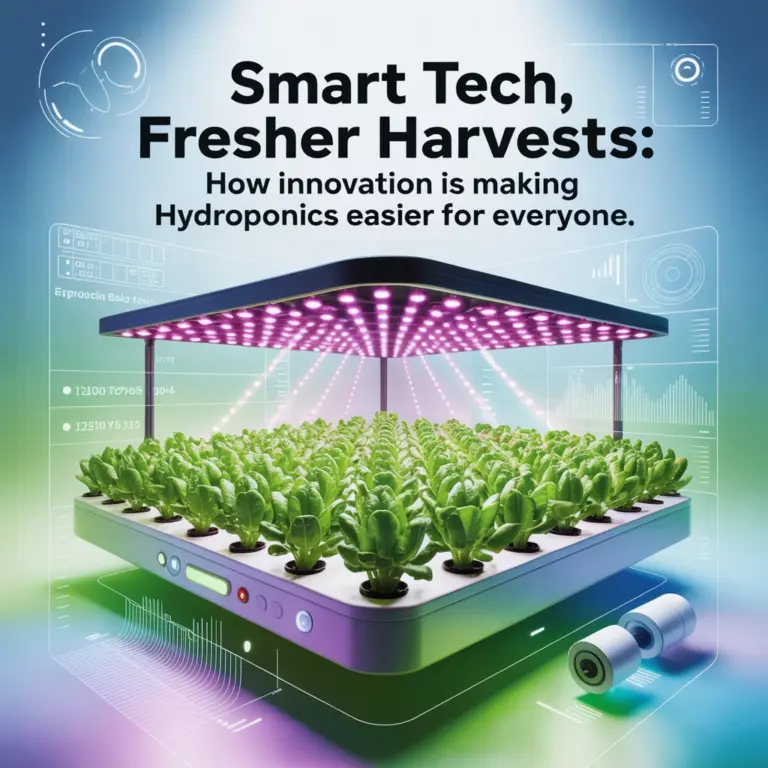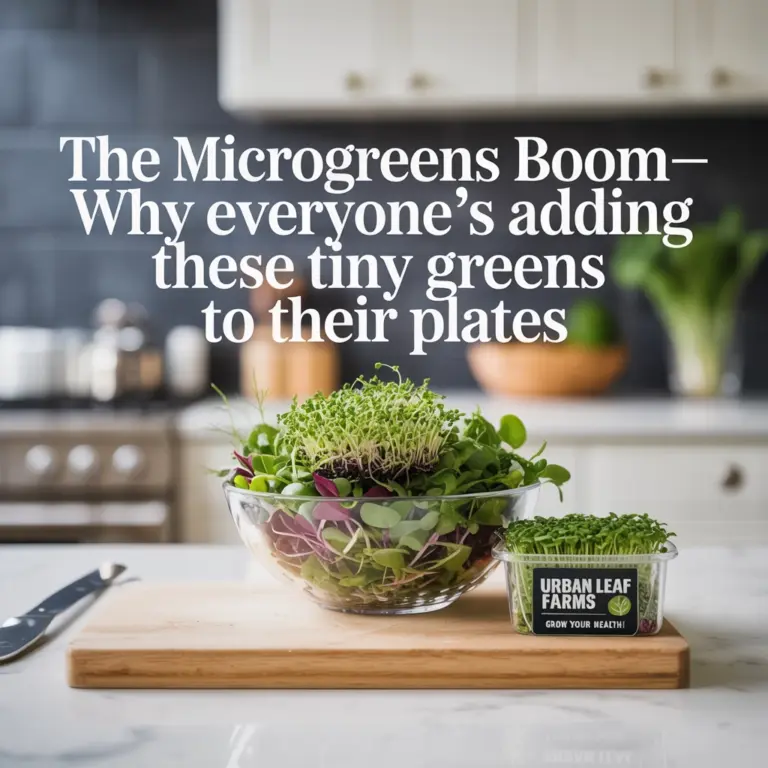Beyond Microgreens: How Hydroponic Cucumbers, Peppers, and Tomatoes Are Reshaping Urban Food
Hydroponics isn’t all about microgreens anymore. Right now, big players on the urban farming scene are crisp cucumbers, juicy tomatoes, and sweet peppers—all grown without soil, right inside the city. These staple crops are helping to remake the idea of “locally grown” food, bringing vine-fresh veggies closer than ever to urban tables.
The Leap from Microgreens to Full-Size Produce
It’s one thing to grow a tray of microgreens in a sunny window. It’s completely another to produce pounds of tomatoes, cucumbers, or colorful peppers indoors, all year long. This leap in scale and tech means urban farms can offer more variety—people want salads with crunch, salsas with flavor, and produce they can slice, stuff, or grill.
Why the jump? Urban populations are growing, and there’s less land and less time for food to travel cross-country. Hydroponics lets city growers deliver big, nourishing crops in spaces where dirt and farm fields are nowhere to be found.
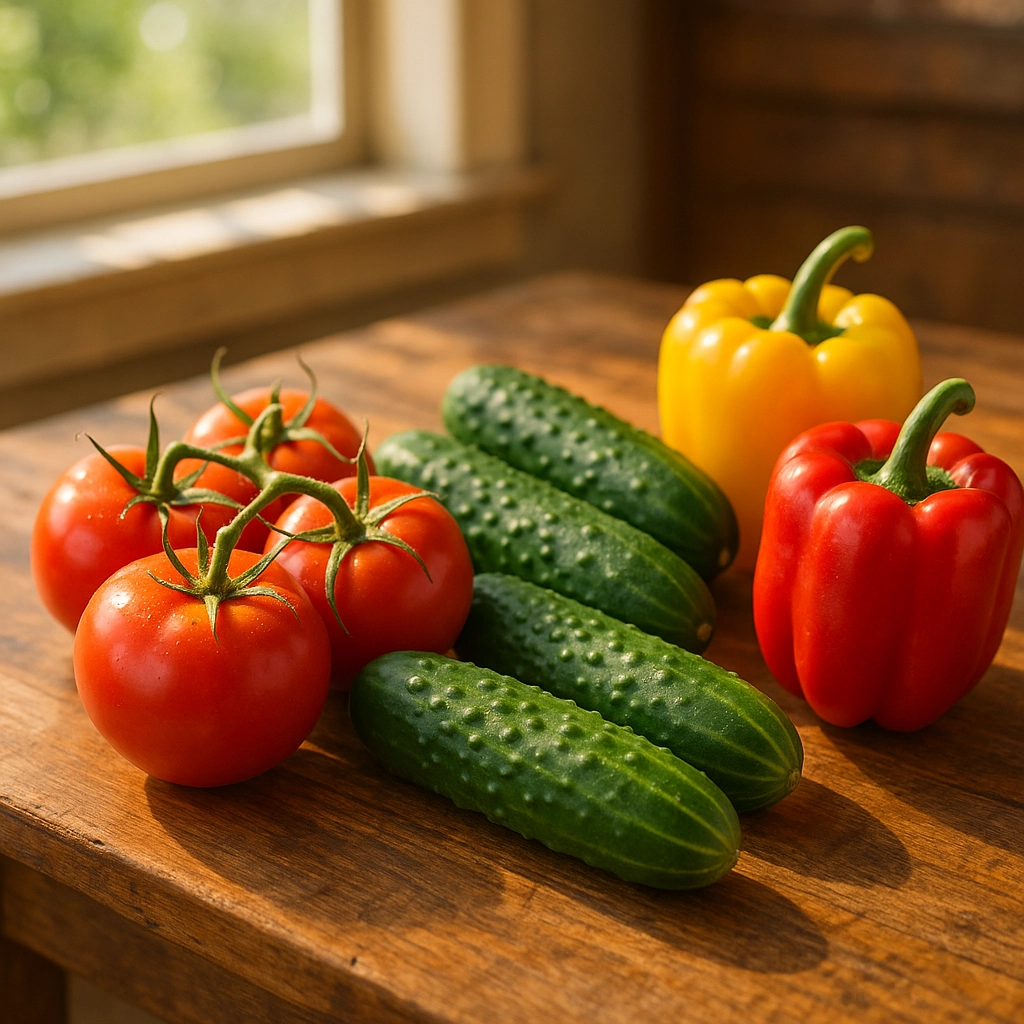
How Hydroponics Handles Cucumbers, Peppers, and Tomatoes
Unlike microgreens, which are fast to grow and pretty undemanding, vine crops need more planning and smarter tech.
Dedicated Systems for Larger Plants
Commercial hydroponic growers rely on specialized setups like Dutch buckets or slab-and-gutter systems. These aren’t just basic trays with water—think larger containers, sturdy supports, and custom irrigation. Tomatoes and cucumbers especially love these systems because their root zones get constant, just-right moisture, plus all the nutrients they need to pump out fruit.
Support Structures and Training
Vining plants can’t do all the heavy lifting themselves. That’s why you’ll spot trellises in indoor greenhouses—tall strings, roller hooks, and clips gently guide tomatoes and cucumbers up and away from the ground. Gardeners play vine wrangler, steering the plant’s growth to optimize both space and yield.
Peppers, though less vining, sometimes get caged or staked for support. This hands-on approach gives each fruit the airflow and sunlight it craves, leading to fewer diseases and prettier peppers.
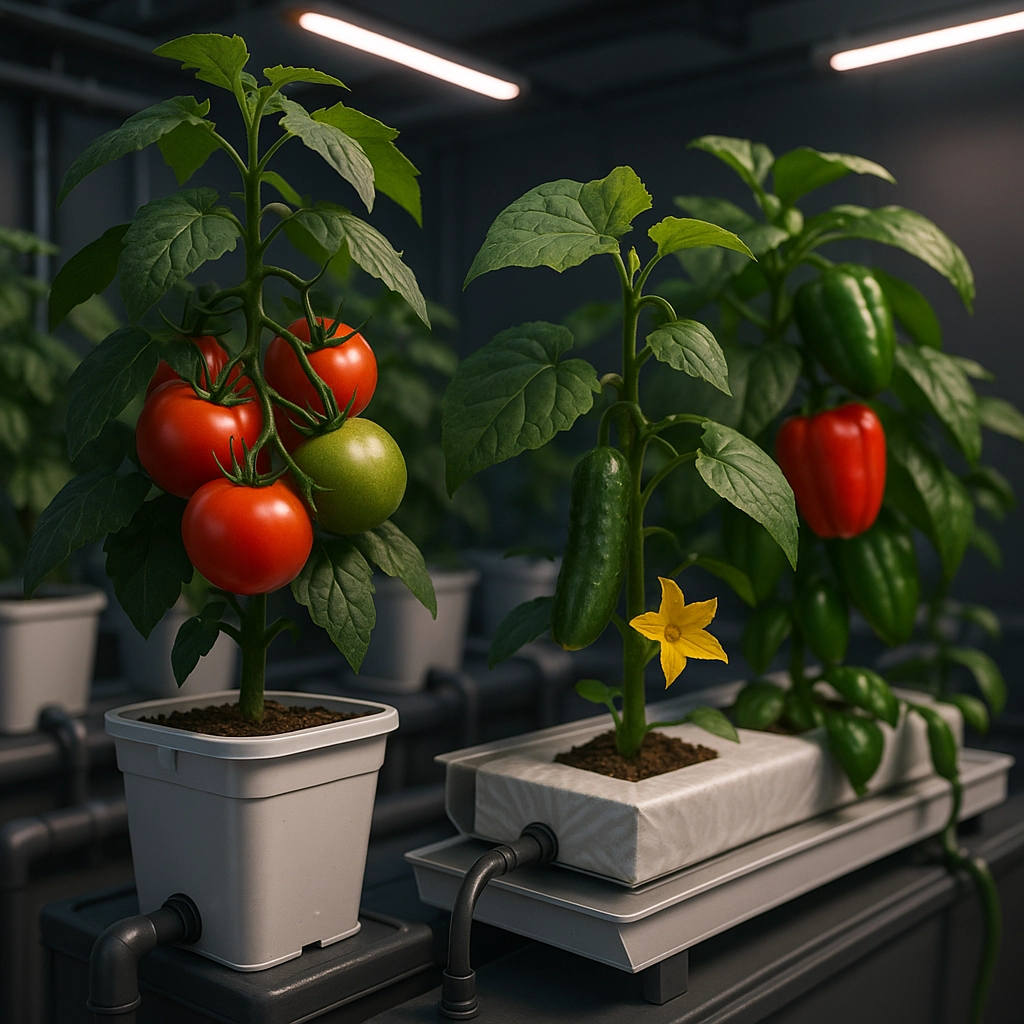
Controlled Environments, Year-Round
Hydroponic vines flourish indoors because temperature, humidity, and lighting can be dialed in to perfection. LED grow lights mimic the sun. HVAC keeps things from getting too hot or muggy. Automated systems monitor nutrient levels and pH, making it possible to grow the likes of cucumbers or tomatoes in January—no backyard required.
From Rooftop to Basement: Where Hydroponics Grows in the City
Not all urban hydroponic farms look the same. Some sprawl across city rooftops, others tuck into old warehouses or even repurposed shopping malls.
Rooftop Farms
Cities with limited real estate are turning rooftops into lush, productive spaces. These farms are equipped with hydroponic beds, rainwater recycling, and solar panels. The result? Super-fresh cucumbers and peppers that can move from farm to fork in just a few blocks.
Indoor Vertical Farms
Multi-story hydroponic farms use vertical growing racks, stacking plants to maximize limited square footage. Controlled environments down to the last watt and drop of water enable the reliable harvests of vining crops that were once the domain of open-air fields.
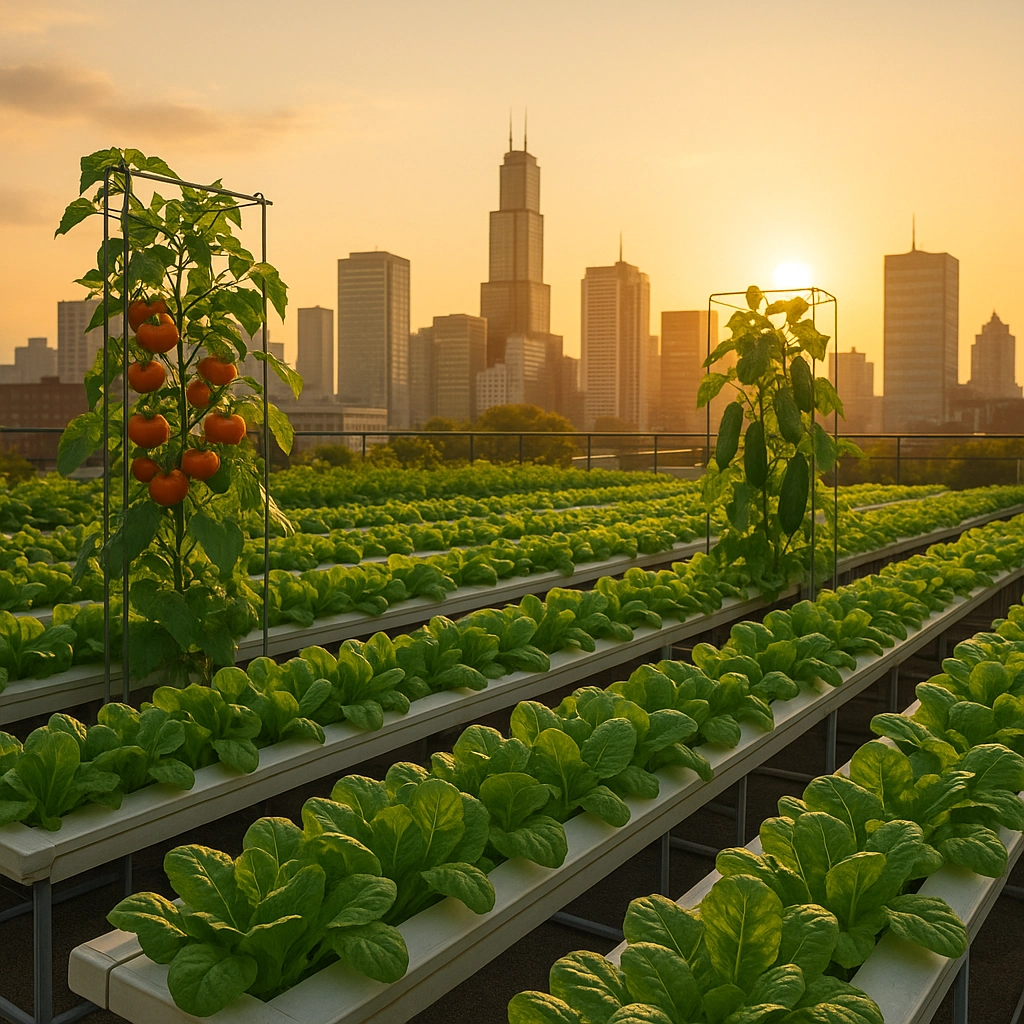
Community Greenhouses
Some hydroponic ventures operate as neighborhood hubs, teaching folks how to grow their own produce and selling affordable veggies on-site. In cities like Singapore and across North America, community greenhouses are helping bridge the nutrition gap, providing food security for locals.
Impact: Shortening the Journey from Farm to Plate
One of the biggest wins for hydroponic tomatoes, cucumbers, and peppers is the taste. Fruit picked at the peak of ripeness—not hauled days on a truck—means more flavor, better color, and more nutrients. Grocery stores and restaurants love it. So do home cooks and apartment dwellers who now have access to a bounty that rivals summer farm stands, all year round.
Resource Efficiency
These hydroponic systems use up to 80% less water than conventional agriculture—a big deal in cities that already struggle with water use. Plus, by growing produce right where people live, they cut food miles and carbon emissions tied to transportation.
Economic and Social Perks
Urban hydro farms spark new jobs—from tech operators to marketing, with some roles requiring only a love for plants. Many also host volunteers, students, and neighbors for workshops and tours, building local food knowledge and community pride.

Case Studies: Urban Hydroponic Successes
BrightFarms
Based near major metropolitan areas, BrightFarms supplies fresh lettuce, tomatoes, and more to local supermarkets. By using hydroponics in high-efficiency greenhouses, they’re pushing the limits of what’s possible for commercial-scale local food—proving it can be both profitable and sustainable.
Sky Greens, Singapore
Singapore’s Sky Greens builds three-story tall hydroponic towers to grow cucumbers, tomatoes, leafy greens, and more, slashing the city’s reliance on imported produce. The model’s so effective, it’s attracting attention from urban planners worldwide.
What’s Next? The Future of Hydroponic Vine Crops
Large-scale hydroponic farming of staple crops is just getting started. Advances in automation, data sensors, and energy-saving tech are making it easier (and cheaper) for both commercial growers and DIY hobbyists to bring hefty crops indoors.
As urban populations climb, expect to see more city-grown cucumbers in your salads, more just-picked tomatoes at your local store, and more peppers that pack a punch at your neighborhood market.
Want to learn more about innovative growing systems, see our setups in action, or get started with your own urban food project? Visit our gallery or check out our services page to see what Titan Hydroponics can do for your community.
Category: Urban & Indoor Farming
Suggested tags: hydroponics, urban farming, vine crops, tomatoes, cucumbers, peppers, urban agriculture, indoor farming, sustainability
Join Our Community
Titan Hydroponics Scoop is your weekly pulse on hydroponics, fresh ideas, and community stories. From practical growing tips and grower highlights to news, inspiration, and sustainable living, we’re growing something special together—one story at a time.

